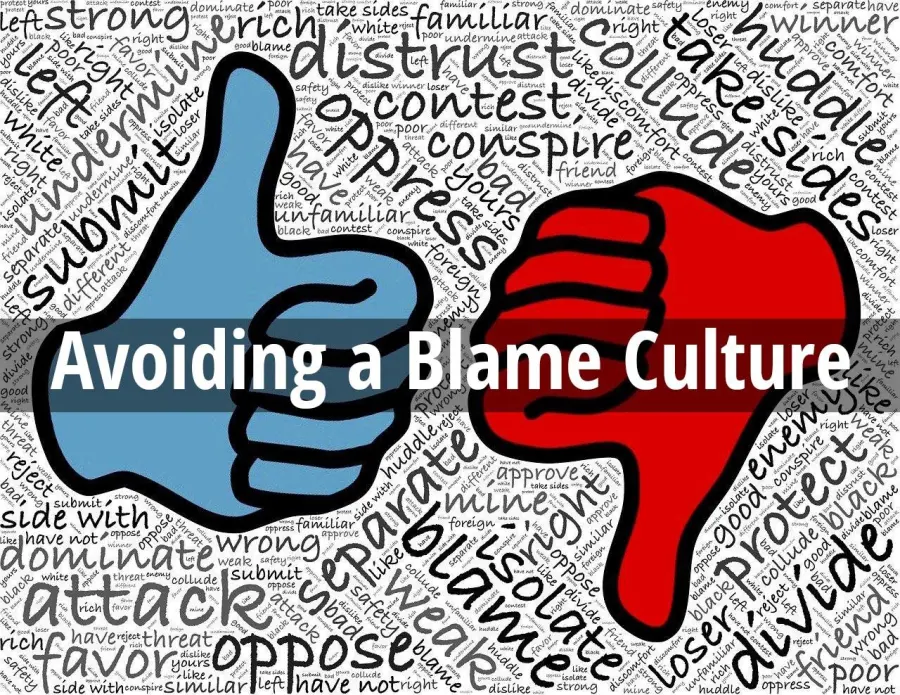

The High Price of a Bad Hire: Protecting Your Business and Manpower
- trienkhaiweb
- 8 March, 2024
- 0 Comments
In the fast-paced world of business, hiring decisions can often feel rushed. Sometimes, the pressure to fill a vacancy leads to overlooking red flags and settling for a less-than-ideal candidate. But this seemingly small compromise can have enormous consequences. Understanding the true cost of a bad hire is essential to optimize your manpower strategies and safeguard both your resources and your bottom line.
The Steep Financial Toll
The monetary impact of poor hiring practices is significant. The Harvard Business Review reports that a staggering 80% of employee turnover is directly linked to flawed hiring choices. What’s more, the losses go far beyond just the initial recruitment expenses. Here’s the breakdown of how a bad hire can drain your company’s finances:
- Manpower Disruption and Morale: An underperforming employee can have a ripple effect on the entire team. Low morale, negativity, and strained teamwork can hurt overall productivity.
- Customer Dissatisfaction: Poor performance and lack of efficiency from a bad hire can translate to displeased clients and lost business. Maintaining your customer base with excellent service is essential, and a weak link in your manpower chain can cause irreparable harm.
- The Manpower Replacement Cycle: Finding the right person after a bad hire takes time – an average of 5 weeks for staff and 7.5 for management roles. This leaves you burdened with unfulfilled tasks, lost revenue, and even greater stress on your existing manpower.
- Wasted Resources: The recruitment process requires significant investment. From advertising costs to training expenses, a bad hire is a drain on resources that could have been used to empower exceptional manpower choices. Some studies estimate that a single bad hire can cost upwards of $25,000!

The Bigger Picture: Protecting Your Manpower Investment
The financial costs are just the tip of the iceberg. A bad hire can also jeopardize your company’s culture and reputation. A negative, underperforming employee can undermine your entire manpower infrastructure. This intangible yet critical damage can lead to lost opportunities and a decline in overall company success.
Strategies for Wise Manpower Decisions
The good news is that minimizing the risk of bad hires is achievable with careful planning and refined strategies:
- Precise Job Descriptions: A clearly defined job description is your first line of defense, attracting candidates aligned with your needs and making your manpower expectations transparent.
- Resource Diversification: Don’t just rely on one hiring channel. Utilize reputable recruitment agencies, employee referrals, and varied job boards to cast a wider net and increase your chances of finding the ideal manpower addition.
- Technology Integration: Leverage tools like candidate assessment platforms to gain a deeper understanding of applicants’ skills and potential fit within your company culture.

The Takeaway
A bad hire is never inevitable. By recognizing the immense costs – financial, operational, and cultural – associated with poor manpower choices, you position your business to make smart recruitment decisions. Prioritizing thoughtful recruitment is an investment in your company’s future and the key to building a high-performing team.
Related articles
Conquer Procrastination and Boost Productivity with Quinn Vietnam Manpower
Quinn Vietnam Manpower understands the challenges businesses face in today’s dynamic landscape, and procrastination amongst employees can be a significant hurdle to achieving peak performance. In this article, we delve deep into the phenomenon of “procrastiworking,” explore its underlying causes, and provide actionable strategies to overcome it and unlock the true potential of your workforce…
Conquer the Chaos of Busy Work with Quinn Vietnam Manpower
Unlocking Productivity and Empowering Your Workforce in 2025 In today’s dynamic business landscape, companies face a constant barrage of distractions and administrative tasks that hinder productivity and stifle growth. This “busy work” epidemic, characterized by endless meetings, inefficient communication, and constant context switching, prevents employees from focusing on meaningful work and achieving their full potential….
Conquer Time Management Challenges with Quinn Vietnam Manpower
In today’s fast-paced business world, effective time management is more critical than ever. For managers in Vietnam, juggling multiple responsibilities and navigating a dynamic marketplace can make efficient time utilization a significant challenge. This is where Quinn Vietnam Manpower comes in. We not only provide top-tier manpower solutions to help your business thrive but also…
Conquering the Post-Holiday Email Avalanche: Tips for Success with Quinn Vietnam Manpower
The holidays are a time for relaxation and rejuvenation, a chance to step away from the daily grind and recharge. But the joy of returning to work can quickly sour when you’re faced with an overflowing inbox. For businesses, especially those relying on efficient communication with partners like Quinn Vietnam Manpower, tackling this digital mountain…
Cultivating a “No Blame” Culture for Optimal Manpower Performance
In today’s dynamic business environment, fostering a positive and productive work environment is crucial for attracting and retaining top manpower. Quinn Vietnam Manpower recognizes the detrimental effects of a blame culture and offers guidance on cultivating a “no blame” environment where employees thrive and contribute their best. This approach aligns with the evolving needs of…
Data Analytics: Supercharging Project Management
In the fast-paced world of project management, staying ahead of the curve is no longer a luxury, it’s a necessity. Forward-thinking teams recognize the power of data-driven decision-making, and in 2025, this trend is only accelerating. This is where Quinn Vietnam Manpower comes in, providing the expertise and manpower solutions to leverage the superpowers of…







